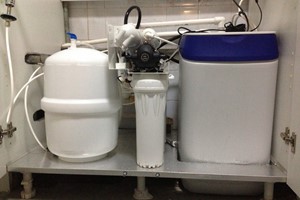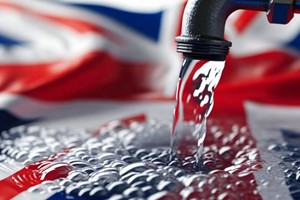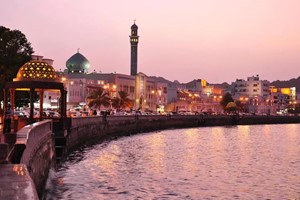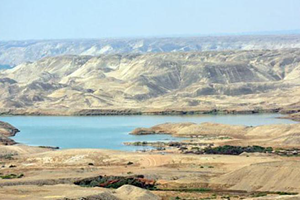Diminishing quality of water is a serious health hazard. It poses huge risks to health causing various water-borne diseases. The declining water quality is a result of dumping untreated sewage, chemicals, pesticides, nutrients and garbage from industries, agriculture and municipal corporations into water bodies. Most of the water supplied by municipal authorities in urban areas is unsafe to drink and requires further decontamination from heavy metals, virus, cysts, bacteria and other toxins. Industrialization is expected to rise leading to increased water pollution in coming years thus creating an increase in demand of water purifiers, according to a report by Allied Market Research. Water purifiers are equipment enabled to remove biological contaminants, suspended solids, toxins, harmful gases & chemicals, bacteria, fungi and other such impurities from contaminated water and making it safe for drinking. The penetration of water purifiers is relatively higher in developed regions while huge semi urban and rural areas in developing countries still remain untapped. They emerged as a primary necessity for urban consumers in developing economies, since a decade, due increase in the level of water pollution. South Korea witnessed an increase in phosphate levels in rivers including Han, Geum, Yesongsan river water, causing algal boom. In 2013, phosphorus levels in major rivers of the country such as Nakdong, Han, Geum, & Yeongsan stood at 0.06 mg/liter, 0.04 mg/liter, 0.02 mg/liter and 0.01 mg/liter. This is a primary factor catalyzing demand for water purifiers in South Korea. Growing industrialization, and uncontrolled discharge of agriculture wastewater in water sources is impacting COD and BOD levels of water resources in South Korea and this is expected to bolster demand for water purifiers in the country during the forecast period 2016-2025. According to Seoul Metropolitan Government, in 2015, total BOD load generated in Seoul stood at 764,643 kg per day. South Korea water purifiers market is projected to grow at a CAGR of over 15% during 2016-2025, on account of deteriorating drinking water quality due to recurrent floods coupled with rapid industrial discharge in water bodies, according to TechSci Research. Increasing urbanization is driving demand for clean water and water purification technologies. Consequently, rising awareness regarding water contamination as well as advanced water technologies in South Korea is anticipated to stimulate growth of water purifiers market in the country. Central region dominated South Korea water purifiers market, on the back of high COD levels and total phosphorus content in Nakdong and Geum rivers, the major sources of drinking water supply in the regions. Few of the major players involved in water purifiers market in South Korea include Woongjin Coway Co., Ltd., Tong Yang Magic Co., Ltd., Chungho Nais Co., Ltd., LG Electronics, Inc., etc. "South Korea water purifiers market is primarily being driven by rising demand for membrane water purifiers owing to their high efficiency in removing both chemical and biological impurities in water sources, as compared to other types of water purifiers. In addition, ability of membrane water purifiers to eliminate divalent and hardening ions in supplied water is accelerating demand for membrane water purifiers in South Korea's residential sector. Furthermore, demand for RO technology based water purifiers is growing at a robust pace owing to its high effectiveness in removal of microbial and chemical contaminants and this is anticipated to augur well for South Korea water purifiers market through 2025.", said Karan Chechi, Research Director with TechSci Research.
Country Reports - South Korea
South Korea Water Purifiers Market
to Grow at a CAGR of Over 15% till 2025
August 2017
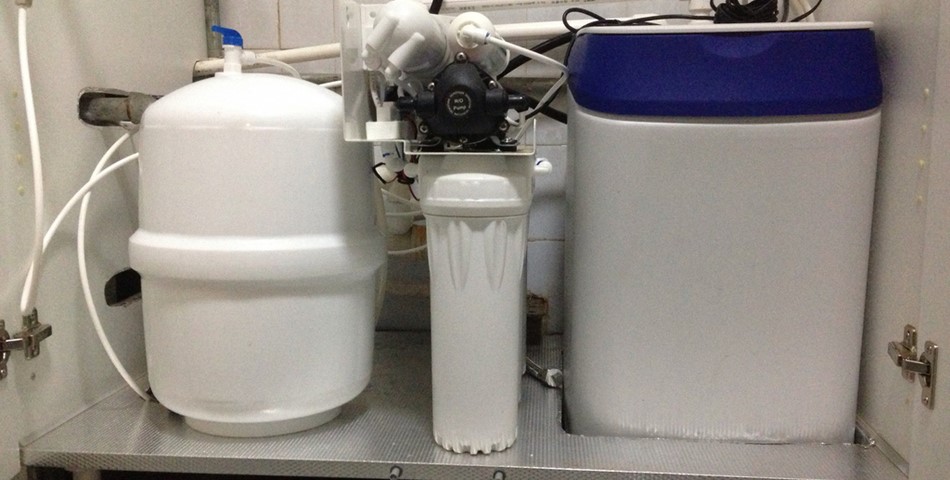
Increasing water contamination in conjugation with rapid industrialization is leading to unmonitored discharge of wastewater in water bodies and has driven robust growth in demand for water purifiers in South Korea, according to TechSci Research. Heavy rainfall along with growing flood incidents in South Korea have resulted in the contamination of major water resources in the country. Additionally, strong growth in the industrial sector of Korea coupled with wastewater discharge leads to high levels of toxic chemical concentration in groundwater. Consequently, rising awareness regarding increasing water contamination levels together with absence of any regulatory body in Korea is forecast to boost sales of water purifiers in the country.
Related Articles




